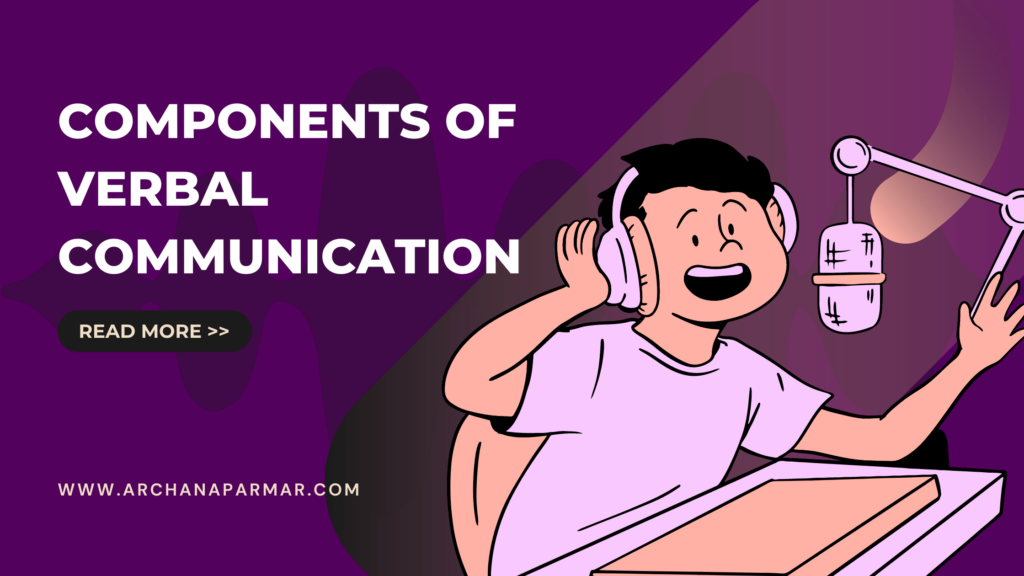Why Effective Communication is Vital for Startup Founders
Uncovering the Power of Effective and Persuasive Communication Through Pitcher Zee 5’s Story! Effective communication is essential for any successful business. It is essential for building relationships, inspiring action, and getting results. Persuasive communication can help you to make a lasting impression on your audience and to get them to take action. A great example of effective and persuasive communication is the story of Pitcher on Zee 5. In this article, I will uncover the power of effective and persuasive communication through the Zee 5 series Pitcher. Introduction to Effective and Persuasive Communication Effective and persuasive communication is the art of connecting with an audience in order to influence their decisions or actions. It is a skill that can help you to build relationships, increase sales, and solve problems. It requires a deep understanding of the audience, their needs, and the message that you are trying to convey. It is important to be able to craft a message that is both clear and compelling. Persuasive communication is the art of using words, body language, and visual elements to create an impactful and memorable message. Effective and persuasive communication is essential for any business. Whether you are a small business owner or a corporate executive, you need to be able to communicate effectively and persuasively. Effective and persuasive communication will help you to make a lasting impression on your audience and to get them to take action. The Benefits of Effective and Persuasive Communication Effective and persuasive communication has many benefits. It can help you to build relationships and trust with your audience, increase sales, and motivate people to take action. It can also help you to explain complex ideas in a clear and concise manner. Effective communication is essential for any successful business. The Story of Pitcher on Zee 5 Pitcher is a story of a small startup enthusiast who had a great idea for a product that could help to solve a problem. He had been struggling to get his business off the ground and he needed to find a way to get the word out. He decided to create a powerful elevator pitch that he could use to convince potential investors to invest in his product. Naveen crafted an elevator pitch that was concise, clear, and compelling. He was able to effectively communicate the value of his product and why people should invest in it. He was able to make a lasting impression on his audience and get them to take action. The Art of the Elevator Pitch The elevator pitch is a short, persuasive speech that you use to communicate the value of your product or service to potential customers or investors. It is a powerful tool for convincing people to take action and invest in your business. An effective elevator pitch is concise, clear, and compelling. It is to be tailored to the specific audience and target their needs. The elevator pitch is an important tool for entrepreneurs, business professionals, and salespeople. It is important to be able to craft a compelling elevator pitch that will effectively communicate the value of your product or service. Analyzing Pitcher Zee 5’s Story The founder was able to use effective and persuasive communication to make a lasting impression on his audience and get them to take action. He was able to craft a powerful elevator pitch that was concise, clear, and compelling. He was able to explain the problem that he was trying to solve and the value of his product in a clear and concise manner. He was also able to focus on the benefits of his product and make it personal to his audience.
Why Effective Communication is Vital for Startup Founders Read More »







